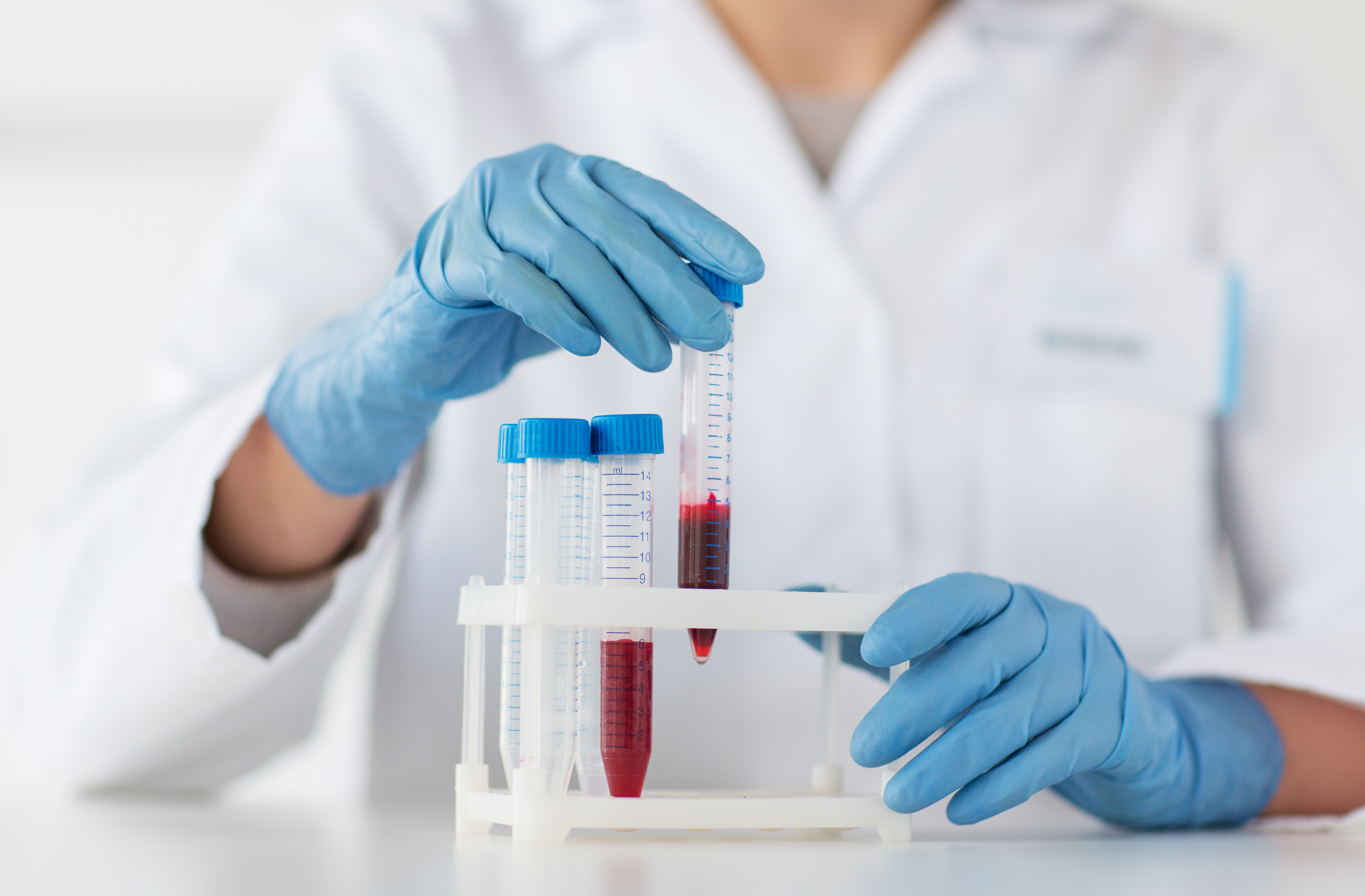Blood Growth Factor in IPF Seen as Potential Biomarker of Treatment Effectiveness

A study from the Centre Hospitalier Universitaire de Liège at Sart Tilman recently reported that two growth factors, IGFBP-1 and IGFBP-2, are increased in the blood of untreated patients with idiopathic pulmonary fibrosis (IPF). People receiving treatment had lower IGFBP-2 levels that those who were not treated, indicating the factors might be used as biomarkers of disease progression or treatment.
TGF-β has long been the molecule of interest in lung fibrosis processes, but researchers have begun investigating other signaling factors. A recent study showed that the production of IGFBPs is linked to that of TGF-β in lung fibrosis patients, and the Belgian research team decided to take a closer look at IGFBP types 1 and 2.
The study, “Raised serum levels of IGFBP-1 and IGFBP-2 in idiopathic pulmonary fibrosis,“ enrolled 24 untreated and 26 medicated patients, as well as 55 healthy controls. Among the medicated patients, 17 were receiving pirfenidone (Esbriet) and nine were on nintedanib (Ofev) treatment.
A blood test served to provide information about immune cell numbers, and levels of C-reactive protein and fibrinogen. In addition, the research team analyzed a set of blood growth factors, and measured the patients’ lung function levels.
Several types of immune cells were found in higher numbers in fibrotic patients, while lymphocyte cell counts were lower. All the growth factors investigated, except for TGF-β, also differed between patients and healthy controls, with some showing increased and some decreased levels. The results, published in the journal BMC Pulmonary Medicine, showed that IGFBP-1 and IGFBP-2, particularly, were elevated — about twice as high in untreated patients as in healthy individuals.
This was the first time a study demonstrated that IPF patients have elevated levels of IGFBP-1 and IGFBP-2, and the study showed that treatment seemed to normalize these levels.
Similar effects could be seen for the other growth factors investigated, such as KL-6, although IGF-1, IGF-2, IGFBP-3 were lower in the patients. The abbreviation IGFBP stands for IGF binding protein, and the ratios between the compounds can be used as a measure of growth factor activity. The team also discovered that several ratios deviated from those of healthy individuals.
Despite the altered growth factor levels, the team found no links to disease severity, measured by forced vital capacity and total lung diffusing capacity. For this reason, it is not clear how the altered levels affect fibrotic processes, and the authors speculated that the increased levels of IGFBPs prevent disease-causing actions by binding more IGFs. More research is needed to understand these interactions, and to evaluate if IGFBP-2 could be a biomarker to measure the effects of pulmonary fibrosis treatment.







